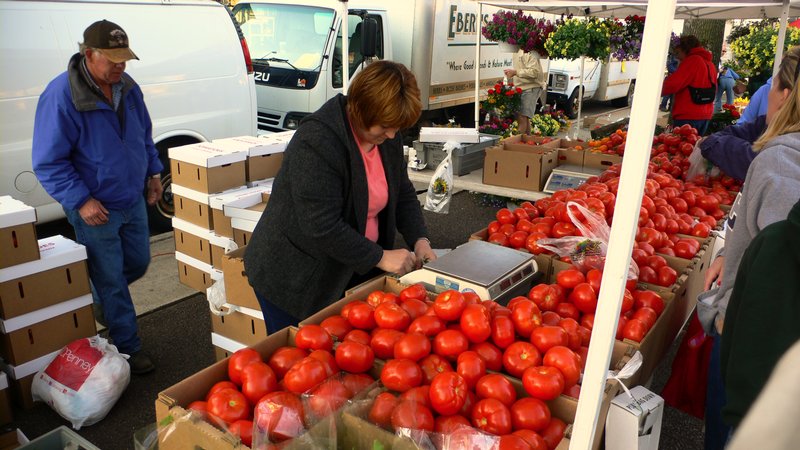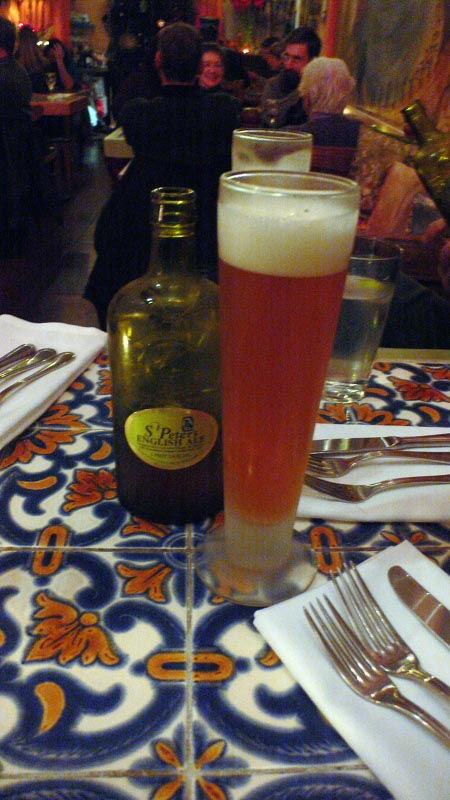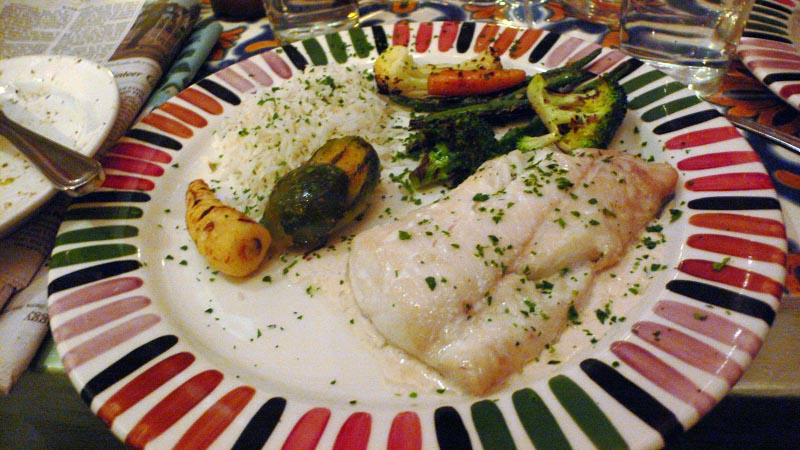The Economist:
The artisans themselves also continue to use the same methods they have always used. At some point after the second world war, as food production across Europe became industrialised, making hams in the traditional labour-intensive manner ceased to be a necessary way of life and became a wonderfully tasty two-finger salute to all the boiled, pink, anaemic, mealy, tasteless hams sitting on supermarket shelves and in refrigerated cabinets.
Curing meat celebrates heterogeneity like no other culinary process. McDonald’s manages to make hamburgers that taste the same from Cape Town to Novosibirsk; cured meats, with almost identical ingredients from region to region, taste wildly different. Italy produces six denominazione di origine controllata varieties of prosciutto, all of which are made from the whole leg of a pig, salt and perhaps a bit of sugar or spice. But by virtue of the airborne yeasts and moulds native to the particular region, variations in humidity, temperature and air quality, the diet and care of the pigs and the storage of the resulting hams, each of them tastes and feels quite different from the rest. The only other product for human consumption that varies so greatly from one area to another is whisky, which also relies on tradition, fanatical attention to detail and environmental alchemy. Just as Suntory can buy all the disused stills it wants, mimic the chemical and mineral composition of Scottish water and still produce something completely different from a Highland single malt, so a prosciutto from Parma will be softer, pinker and milder than a prosciutto from Modena, and a Lyonnais saucisson will have a tang that a salame Piacentino lacks.
Related: Fra’Mani:
Our mission is crafting salumi in the finest Italian pastoral traditions, using the highest-quality, all-natural pork.
Our pork comes from family farmers committed to the well-being of their animals and their land. The hogs are never given antibiotics, artificial growth hormones, growth-promoting agents or meat by-products. They eat only the finest grains and natural feed. This old-fashioned way to raise hogs produces pork of outstanding quality, which is the essential ingredient in all Fra’ Mani salumi.








